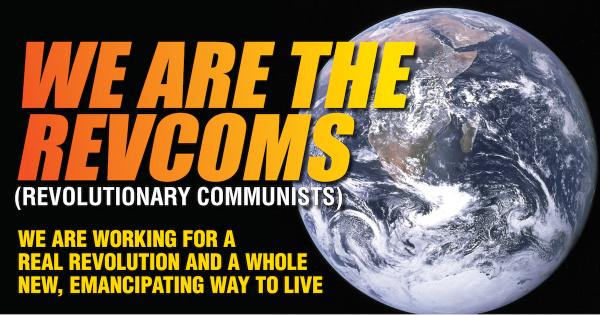Everyone should check out Cobalt Red: How the Blood of the Congo Powers Our Lives, the powerful new book by Siddharth Kara.

Cobalt Red examines the human and environmental catastrophe of cobalt mining in the Democratic Republic of the Congo (DRC). Kara made many trips to the mining region of the DRC, often at great personal risk, to let the people of the region tell their stories: of children killed, limbs crushed, sexual abuse, child labor, towns seized by mining operations, outright slavery, and on and on. People, under the watch of mining company guards, government soldiers, and militias, risked their lives to tell Kara of their experience.
One of Kara’s translators, his eyes filled with tears after translating for parents whose children were killed mining for cobalt, said, “Please tell the people of your country, a child in the Congo dies every day so that they can plug in their cell phones.” (p. 155)

In Congo, children labor in a cobalt mine. Photo: Siddharth Kara
Huge mining sites—some larger than Los Angeles city—poison the air and water. Heavy metals dumped cause birth defects, lung disease, and other maladies. Sections of the Congo Basin rainforest, one of the largest on the planet, are being clearcut to clear the way for mines. Sulfuric acid dust from the refining process hangs over towns like a mist, coating everything with a yellow tinge.
Cobalt production increased more than sevenfold between 2008 and 2015 and has continued to grow due to the rise of cell phones, tablets, and now, electric cars. Without cobalt, batteries have a very limited charge or catch fire. Fifty percent of the world’s cobalt is in a small mineral-rich area of the DRC.
The type of mining described in the book is known as artisanal mining or ASM. This means tens of thousands of people, including children, pregnant women and women carrying young children, hacking at the ground with rebar rods, axes, or shovels, under very dangerous conditions. All for about $2 per day, with women and children earning $1 per day.

In Congo, a mother with her child mines for cobalt. Photo: Siddharth Kara
The most dangerous conditions are in the tunnels where workers shimmy down hundreds of feet into the earth. Every day they fear a collapse, yet they have no choice: without doing this they and their families do not eat. At one “model” mine, Kara witnessed a collapse that killed more than 60 miners including many children. ASM is not just in the DRC. According to Kara, there are roughly 45 million people around the world directly involved in ASM, which represents 90 percent of the world’s total mining workforce.
The giant high tech corporations, such as Apple, Tesla, Samsung, and Glenco, which sit on top of cobalt supply chains, deny that ASM—or at least the most brutal features of ASM—exist within their supply chains and assure users in countries like the U.S. that their products are untainted. This book reveals this is complete bullshit. “I have never seen more extreme predation for profit than I witnessed at the bottom of global cobalt supply chains.” (p. 5)

Cobalt mine in Congo. Photo: Siddharth Kara
The book draws a clear linkage from the time of King Leopold II of Belgium who put in place one of the most brutal colonial regimes in history. It is estimated that the population of Congo was slashed by as much as one half—around 10 million people—between 1885 and 1908. Millions died as a result of starvation, exhaustion, exposure, disease, and outright murder by the Belgians. Along with these deaths, there was an overall drop in the birth rate. All as a direct or indirect result of Belgium's drive to maximize profits from rubber plantations.
Later, the U.S. continued the plunder, expanding from rubber to the rich mineral resources and continuing the exploitation of the people. The rise of the U.S. role in the DRC began with the murder of Congo’s anti-colonial and popularly elected president, Patrice Lumumba. U.S. President Eisenhower, meeting with his Security Council, said that the U.S. “had to get rid of this guy.” After several assassination attempts by the CIA, the U.S., U.N., and Belgium provided intelligence that led to his capture. Lumumba was tortured and shot. His body was chopped to pieces, dissolved in sulfuric acid, and his bones crushed to dust so there would not even be a corpse around which his supporters could rally. The U.S. supported the dictator Mobutu, who brutally ruled the country for more than 30 years.1 Reviewing the history of the Congo and the conditions today, Kara writes, “Cobalt is just the latest treasure that they have come to loot.” (p. 116)
Kara has written a powerful exposure of the conditions in the DRC which, hopefully, will open the eyes of many people. He reports on all this horror with courage and integrity, while still thinking the system can be reformed. But he looks at the prosperity of the imperialist countries with new eyes. “The world back home no longer makes sense,” he writes. “Clean air and water feel like a crime.”
Only revolution can put an end to the grotesque system where children and others labor in inhuman conditions for minerals for electronic devices. As the WE ARE THE REVCOMS broadsheet says, quoting Bob Avakian, “We can no longer afford to allow these imperialists to continue to dominate the world and determine the destiny of humanity. And it is a scientific fact that humanity does not have to live this way—a whole different way to organize society, a whole better world, is possible.”
